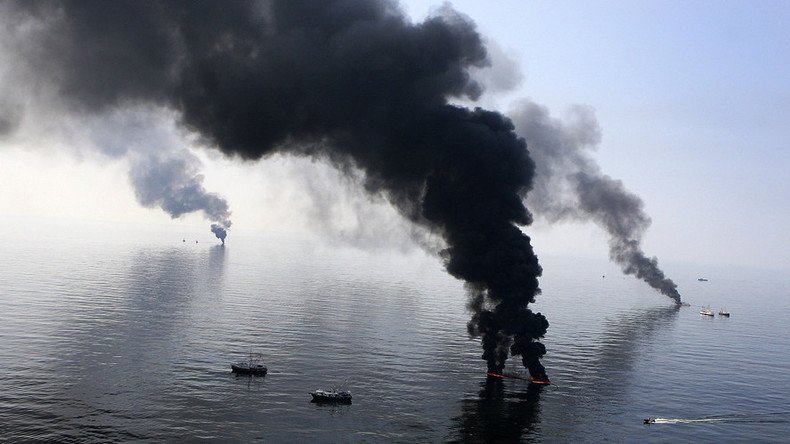New technology uncovers unreported toxic air pollution

Thirty-nine unreported sites emitting toxic sulfur dioxide were discovered this week using a new satellite-based method that may help identify sources of pollution in the future, thanks to NASA, Environment and Climate Change Canada, and two universities.
The new method of finding toxic leaks has already shed light on discrepancies and reporting issues. The majority of the previously unknown sites are located in the Middle East, but NASA also reported finding some in Mexico and parts of Russia.
Calif. dreamin’ of clean air: 52% of Americans live w/ unhealthy ozone, particle pollution https://t.co/BkdVw7XEiSpic.twitter.com/TacgsydpRk
— RT America (@RT_America) April 20, 2016
The emissions were found to come mainly from industrial installations that rely on coal burning, such as smelters, oil and gas operations, and coal-burning power plants.
Phys Org reported that current sulfur dioxide emission monitoring relies on ground-based measurements such as fuel usage. Although NASA claims that unreported and underreported sources only account for 12 percent of all emissions, the reported levels in these regions were two to three times lower than that which NASA’s satellite-based method found.
Sulfur dioxide (SO2) is perhaps best known for being a contributor to acid rain and is one of six air pollutants regulated by the US Environmental Protection Agency, NASA reported in a press release.
In addition to tracking man-made SO2 emissions, the satellite also measured the natural sources of the toxic chemical compound. For example, volcanoes emit SO2 even when they are not erupting, but many are located in remote locations and are difficult to approach. The satellite was able to measure their emissions from above, and the resultant data can now be used to provide annual reports from a safe distance.
“We now have an independent measurement of these emission sources that does not rely on what was known or thought known,” Chris McLinden, an atmospheric scientist with Environment and Climate Change Canada in Toronto and lead author of the study, said in NASA’s press release.
The University of Maryland, College Park and Dalhousie University in Halifax, Nova Scotia also contributed to the study.
Scientists may hold key to cutting coal carbon emissions in half, and produce 2x the powerhttps://t.co/56vi05mzwYpic.twitter.com/gfkCHd7Jjp
— RT America (@RT_America) April 5, 2016













